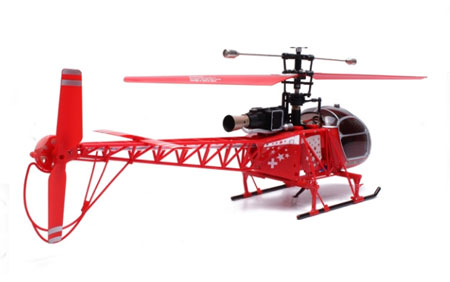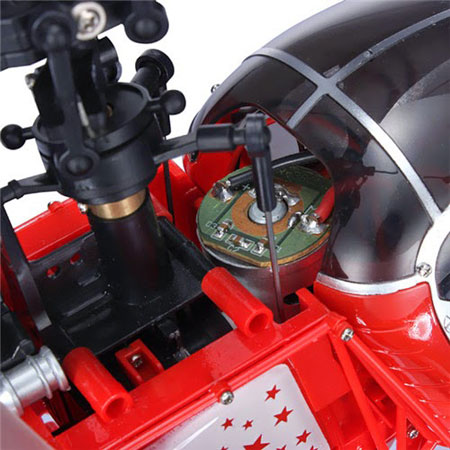
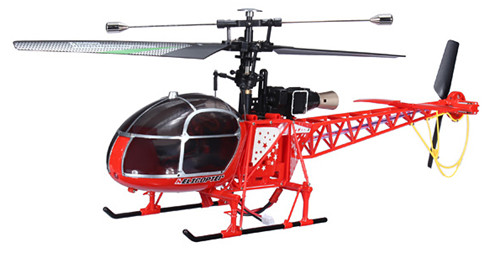

- Number of channels: 4
- Main Rotor Dia:390mm
- Tail Rotor Dia: 125mm
- Overall Length: 545mm
- Flight time: 7 minutes
- Battery: 7.4V 850mAh Lipo Battery (Included)
- Frequency: 2.4Ghz
- Control Distance: About 150m
- Dimension: 132*132*57mm
- Weight: 306g
- Transmitter requires 4 x AA dry cells (not included)

PRICE : RM220
STOCK : AVAILABLE
 |
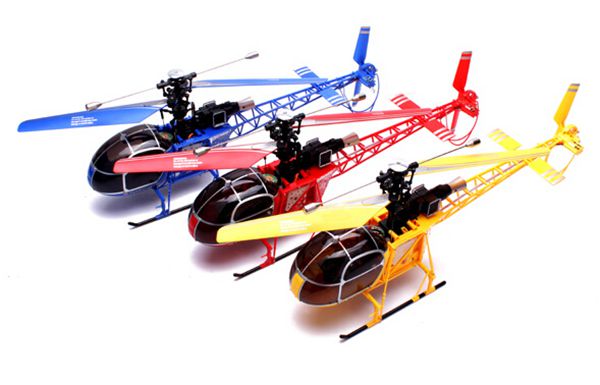

RC helicopters have been proven to be one of the toughest, yet most enjoyable, radio-controlled vehicles to own and operate. WLtoys V915RC helicopter is one of them. It takes a lot of time and skill to be able to master what some consider the art of flying an RC helicopter. If you’re new to the whole radio controlled helicopter craze that’s growing by leaps and bounds on a daily basis.
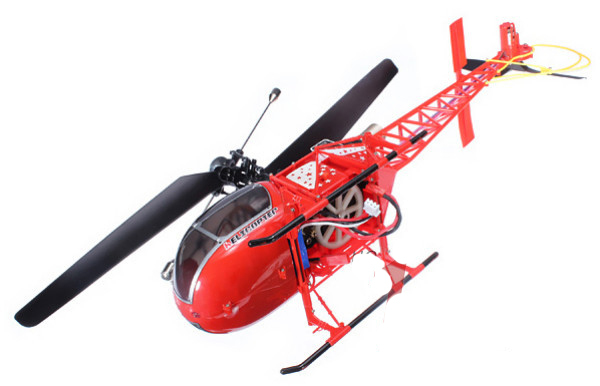
There is no doubt that WLtoys V915 RC helicopter is a pretty complicated toy to play with. A radio-controlled helicopter is made even more complicated by having a radio transmitter and radio receiver thrown into the mix. Actually, the transmitter and receiver are very important for flying an RC helicopter because they send and receive the radio signals that tell the helicopter what to do.
As we all know that, the transmitter is the hand-held device that you use to tell the WLtoys V915 RC helicopter what you want it to do. The receiver is the device that receives the radio signal inside the RC helicopter and passes i ton to the rest of the electronics of the helicopter so that it can perform as its been instructed to do.
The main rotor is the large blade that sits on top of the helicopter. This is the rotor that provides the power associated with lift off and flight. The main rotor usually spins at a constant speed and induces lift by changing the pitch or angle of attack of the blades. The greater the pitch is, the more lift the rotors will provide.
It’s also important to know that when you’re learning to fly an RC helicopter that you learn to fly with the nose of the WLtoys V915 RC helicopter and not the tail. Many amateurs get distracted by what the tail is doing and don’t realize that the helicopter is going to fly wherever the nose is pointing, even if it’s pointing right at a building or a person! So always know what’s going on with the nose of the helicopter so that you’re in complete control of piloting it.
